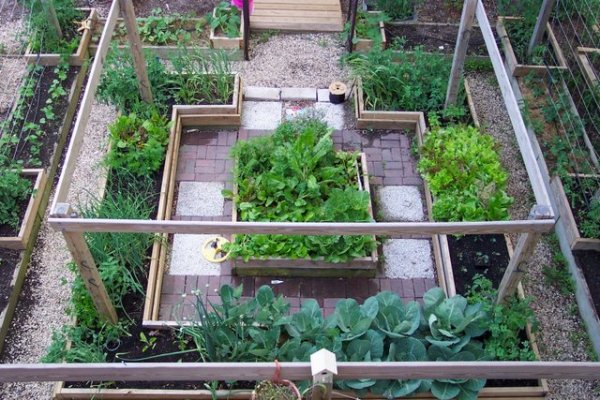Run_Out
Senior Cook
Hey guys
I am planning a raised bed veggie garden. There is plenty of information on the web, they appear to be easy to build or you can buy them in kit form.
Have any of you done or are doing this? I don't have anything but time so I thought I could save a few bucks and have some organic veggies.
I don't have the space for a typical garden and this looks like a lot of fun...
Give me some feedback
Thanks
I am planning a raised bed veggie garden. There is plenty of information on the web, they appear to be easy to build or you can buy them in kit form.
Have any of you done or are doing this? I don't have anything but time so I thought I could save a few bucks and have some organic veggies.
I don't have the space for a typical garden and this looks like a lot of fun...
Give me some feedback
Thanks


 Usually we go away for a week in august when we get back, my highly organized garden looks like a weed filled jungle.
Usually we go away for a week in august when we get back, my highly organized garden looks like a weed filled jungle.